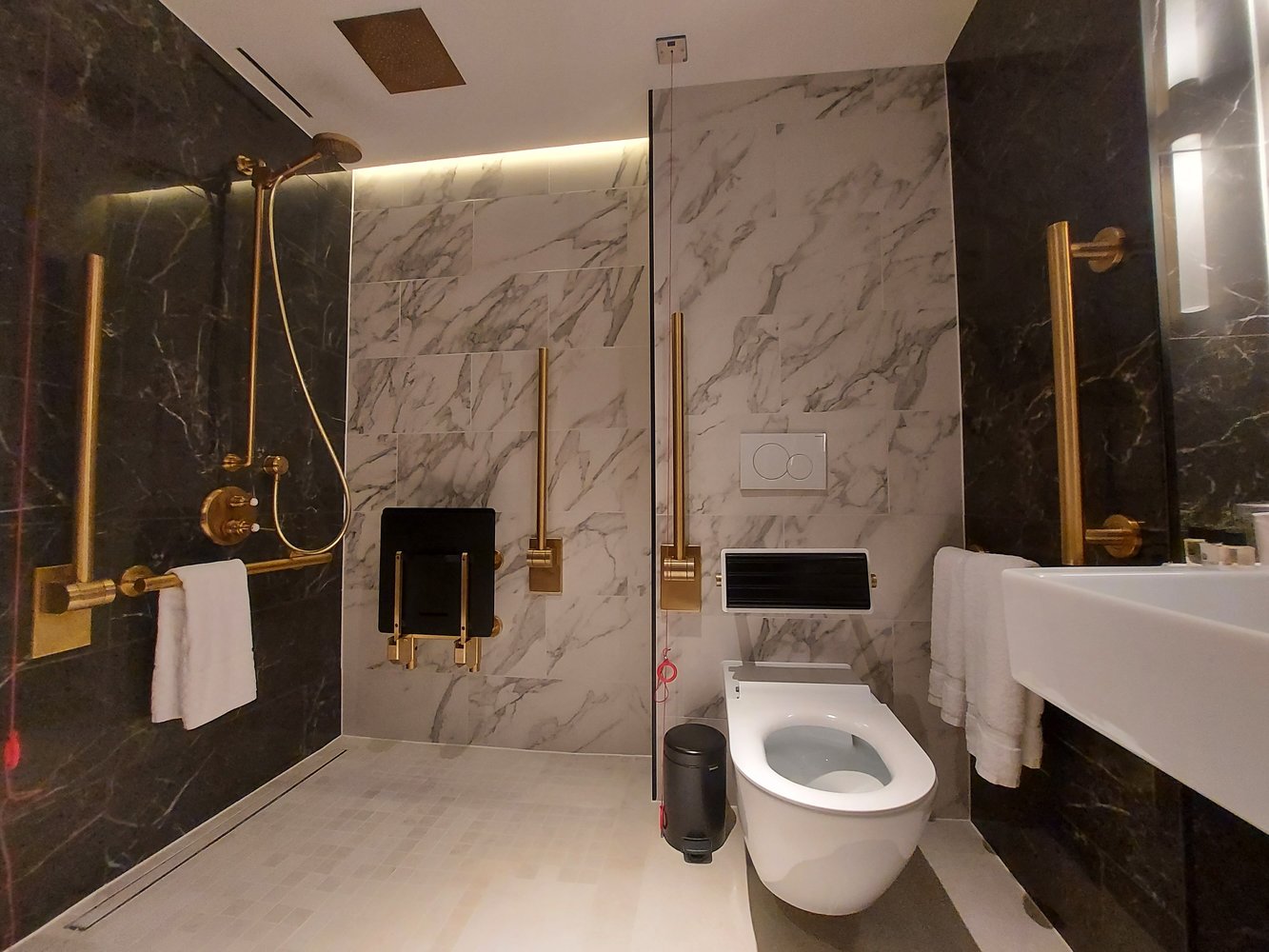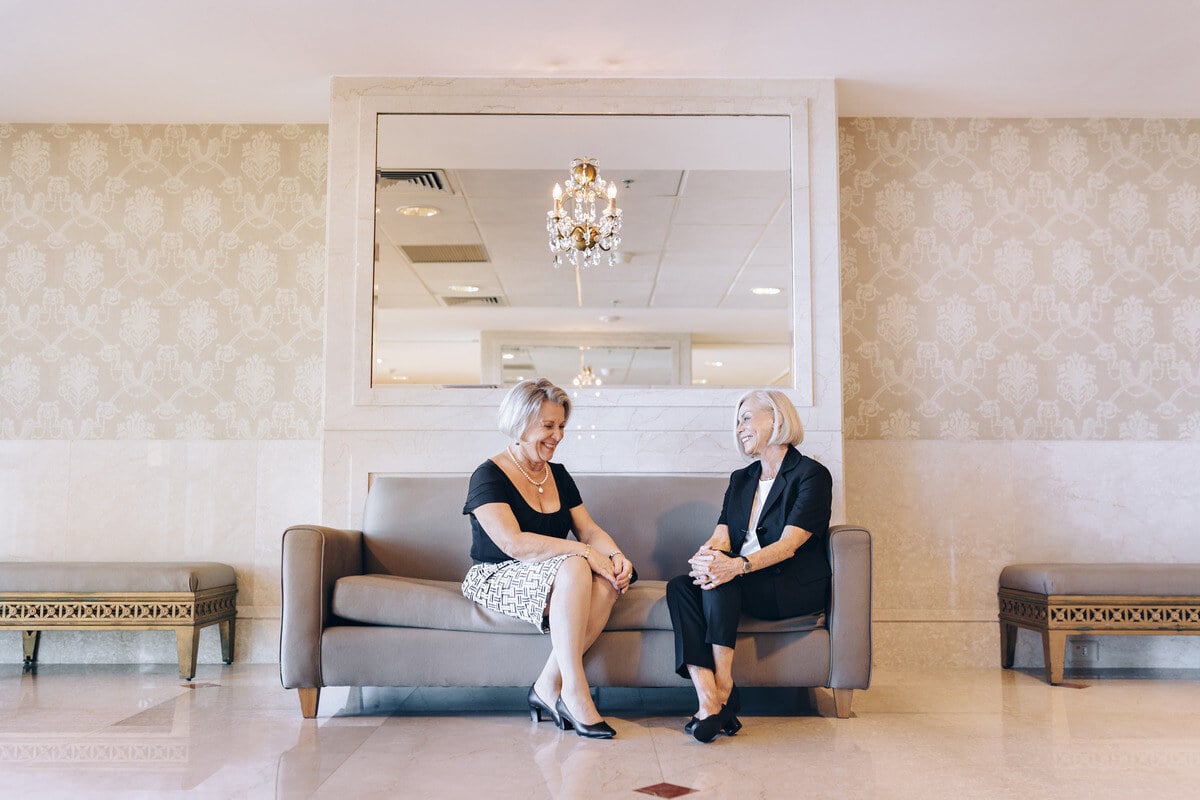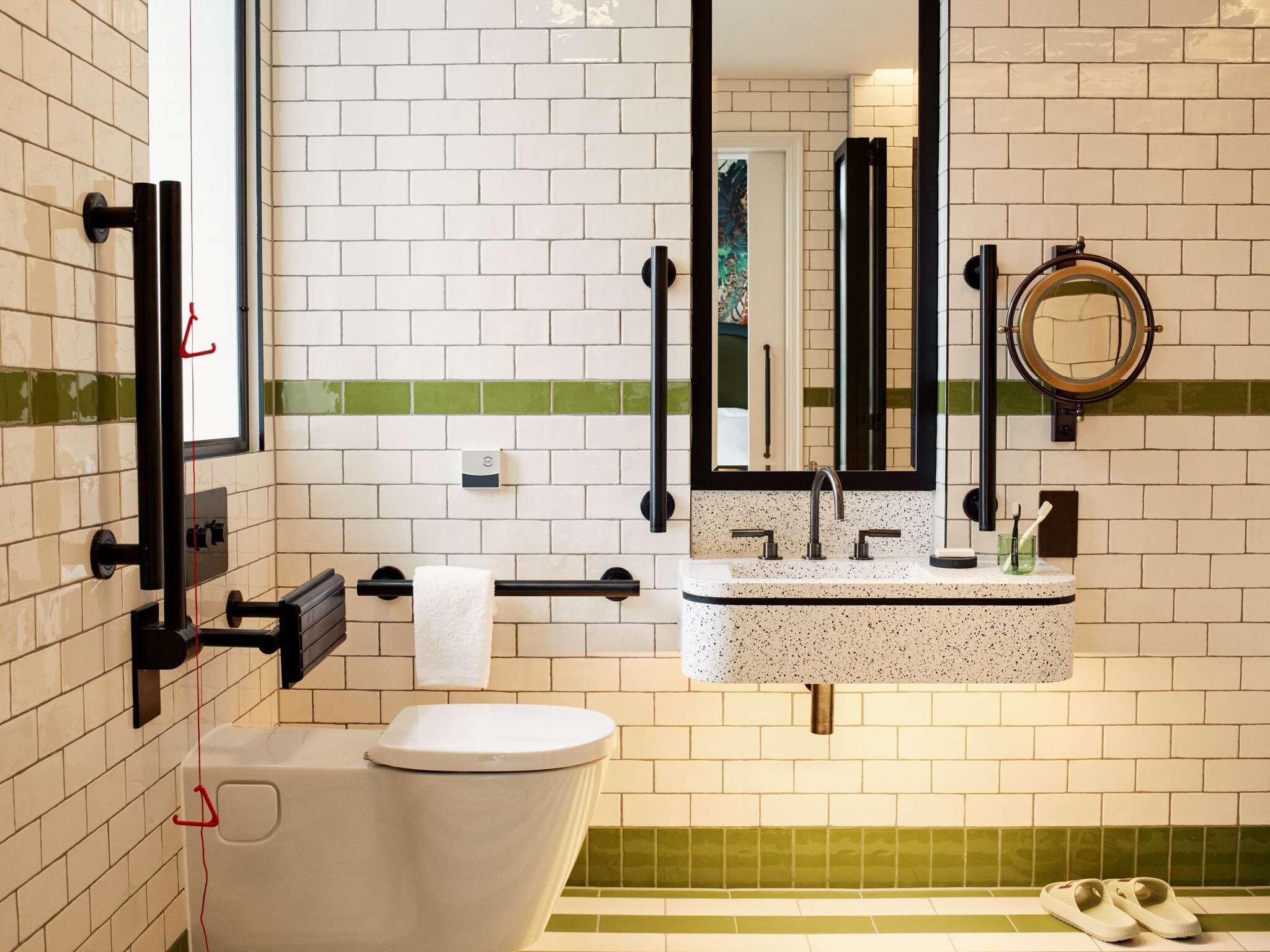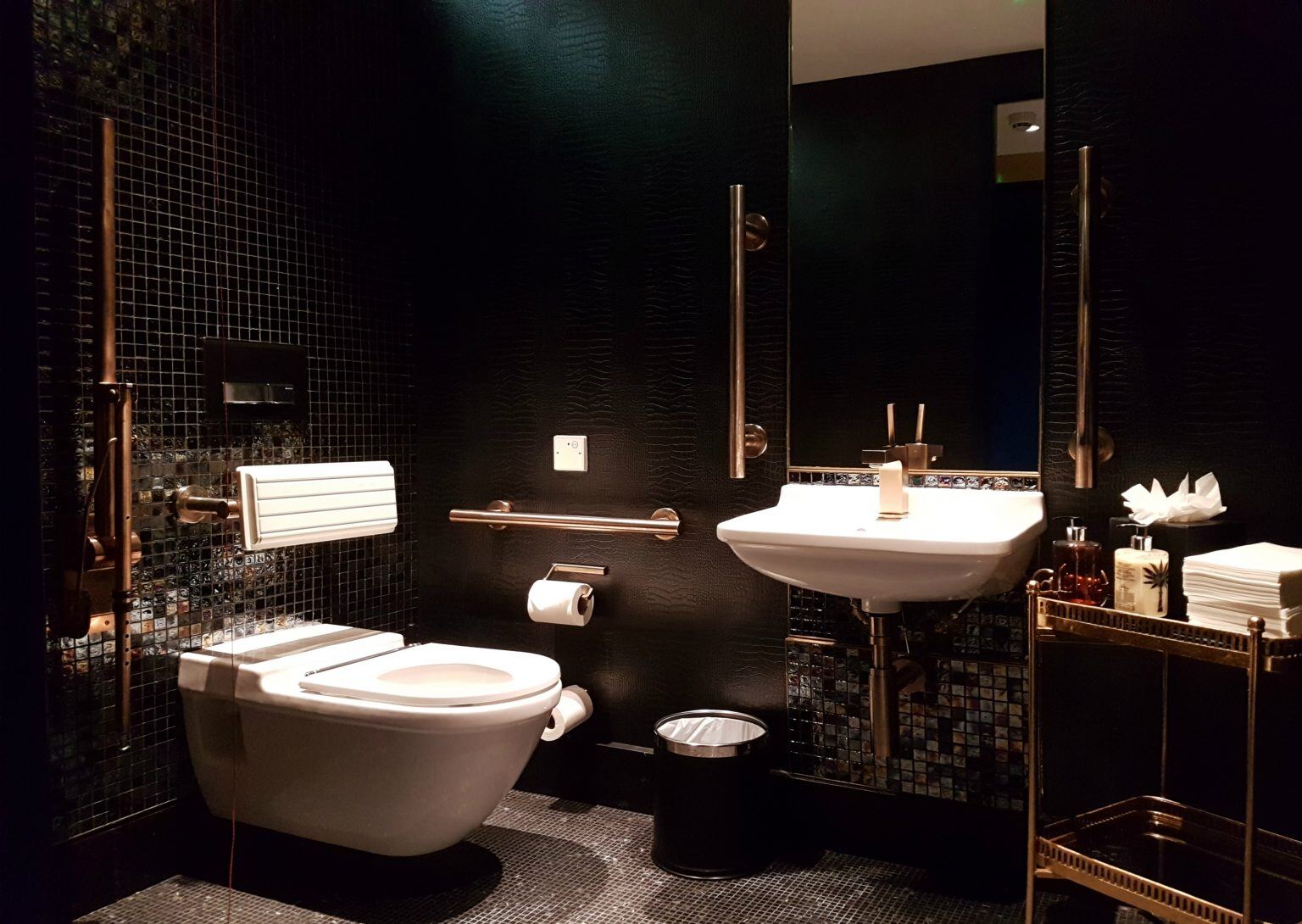An Interview with Kat Paylor-Bent
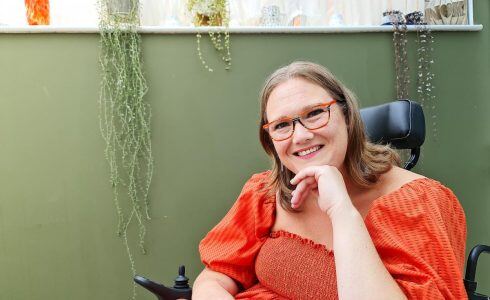
Hi Kat – it’s great to talk to you. First things first: can you tell us a little about your personal disability journey?
Sure! I became disabled in 2006 due to failed corrective spinal surgery for Cauda Equina Syndrome. The condition came on suddenly after I bent down to lift my then 6-month-old son out of his crib. I’m now paralysed from L5 down and have issues with my disks due to my spine fusing at the wrong angle post-surgery. I use a powerchair to get around.
What made you decide to become an advocate for other disabled people?
Before I was disabled, I liked nice things, so I couldn’t understand why that had to change after I became disabled. Everywhere I went felt medicalised, like a holiday in a nursing home. If you have acquired your disability later in life, which 80% of the disabled community have, you have expectations, likes, and dislikes – and they shouldn’t disappear post-disability. For the other 20%, the majority don’t even know what is available, other than compliant but not necessarily accessible and stylish adaptations! I was on a mission to show that you can express yourself with fixtures and fittings that are both functional and stylish. My main driver was to educate architects and designers about accessibility, as it isn’t part of their basic training.

What is an access consultant?
An access consultant evaluates a space, or the plans for a space, to ensure its fit for purpose. At Seated Perspectives, we take a more hands-on approach.
When conducting access audits, I use my electric chair and bring my self-propelled chair along. We put the client in the self-propelled chair so they can experience the space themselves and understand the barriers they might face. If we’re working off-plan, we use methods to mock up the space to see how it will work for a wheelchair user.
Why is Access Consultancy important?
Access consultancy is crucial because Doc M regulations are just a baseline. Just because a space is compliant doesn’t mean it’s accessible for everyone. Designing for a self-propelled wheelchair might not suit someone in an electric wheelchair. Designing for a wheelchair user might overlook the needs of someone with a visual impairment. Ideally, every venue would employ an access consultant to evaluate their spaces from a disabled person’s perspective, advising on Universal Design principles to ensure the space meets everyone’s needs.
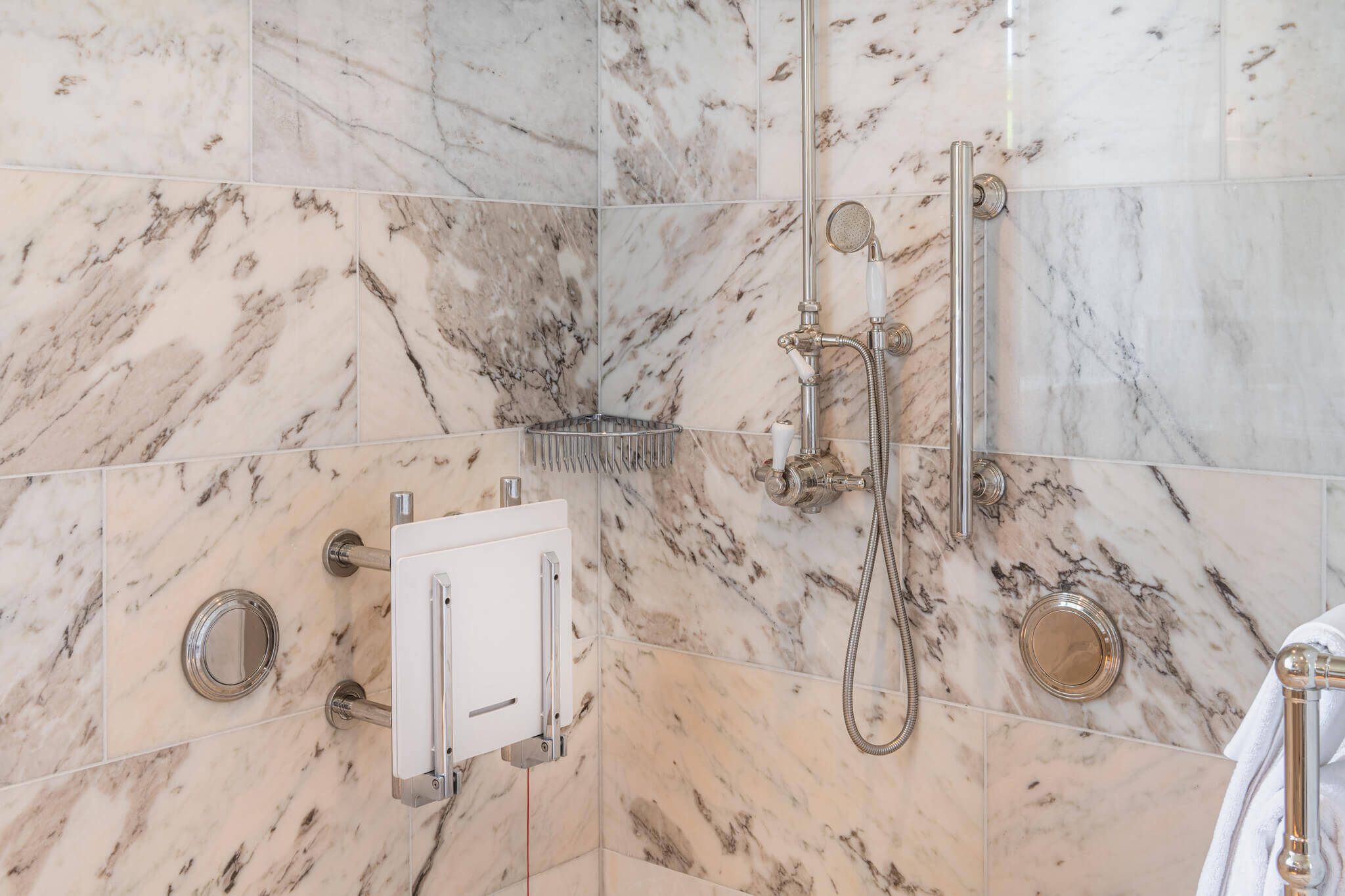
Tell us more about unsafe compliant Doc M spaces.
I stayed in a newly opened hotel where the accessible rooms had no shower chairs. When I flagged this, they brought a wooden stool from the bar! Such situations force disabled people to avoid using the bathroom due to safety concerns.
How does Fitzroy of London’s brand of luxury Doc M experiences make a difference for disabled users?
It’s knowing that someone has thought about access rather than just ticking a box. The accessible features blend seamlessly and look like someone has thoughtfully designed them to be both functional and aesthetically pleasing.
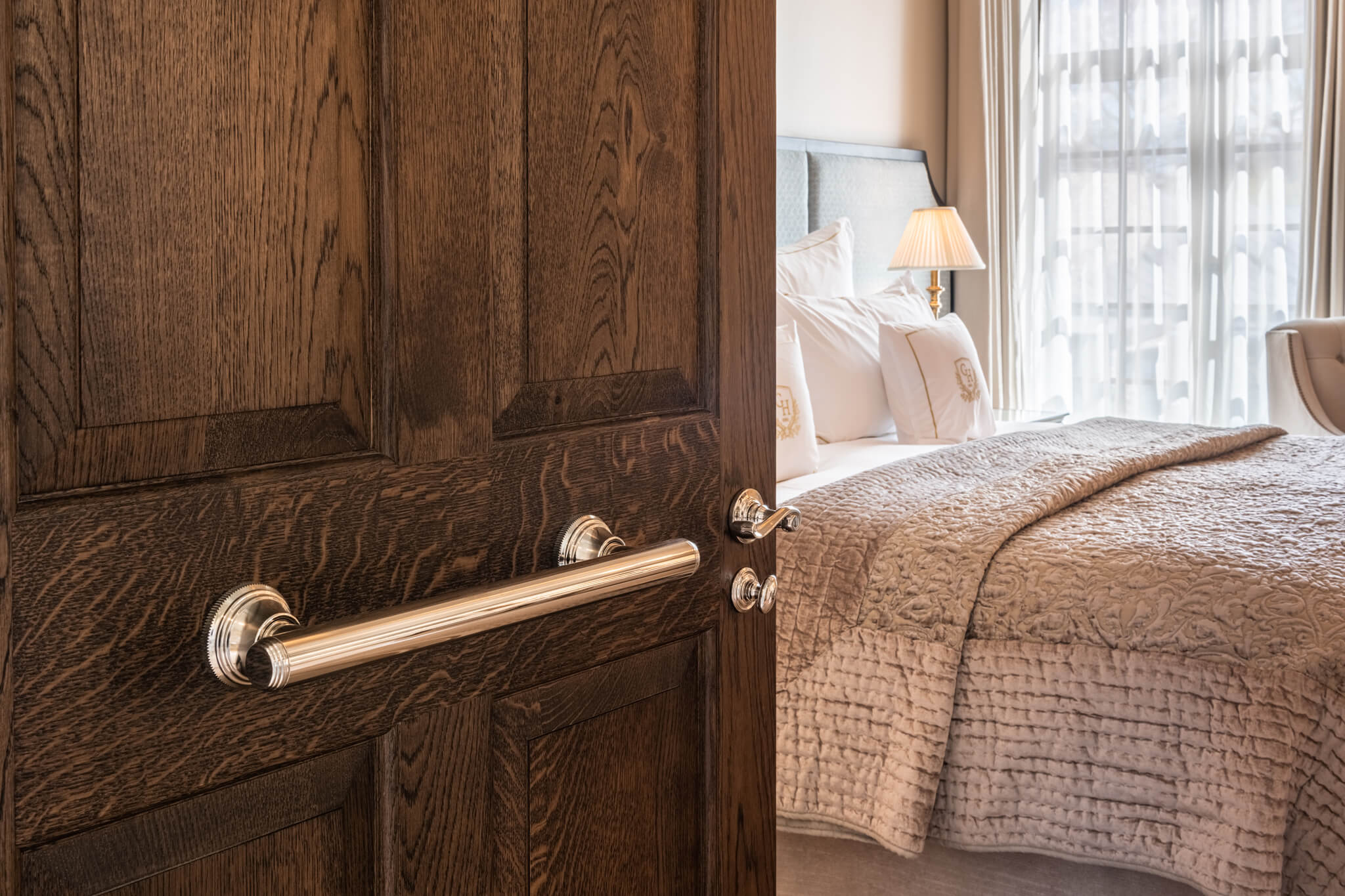
Improving the Experience for Disabled Users
To enhance the experience for disabled users, it’s essential to think beyond regulations and design for real people. Architects often default to legal requirements, which cater to disabilities rather than people. Accessibility doesn’t have to be daunting or medicalised. Engaging an access consultant can help make accessible spaces both amazing and functional.
To learn more about Kat’s work, visit the Seated Perspectives website.
